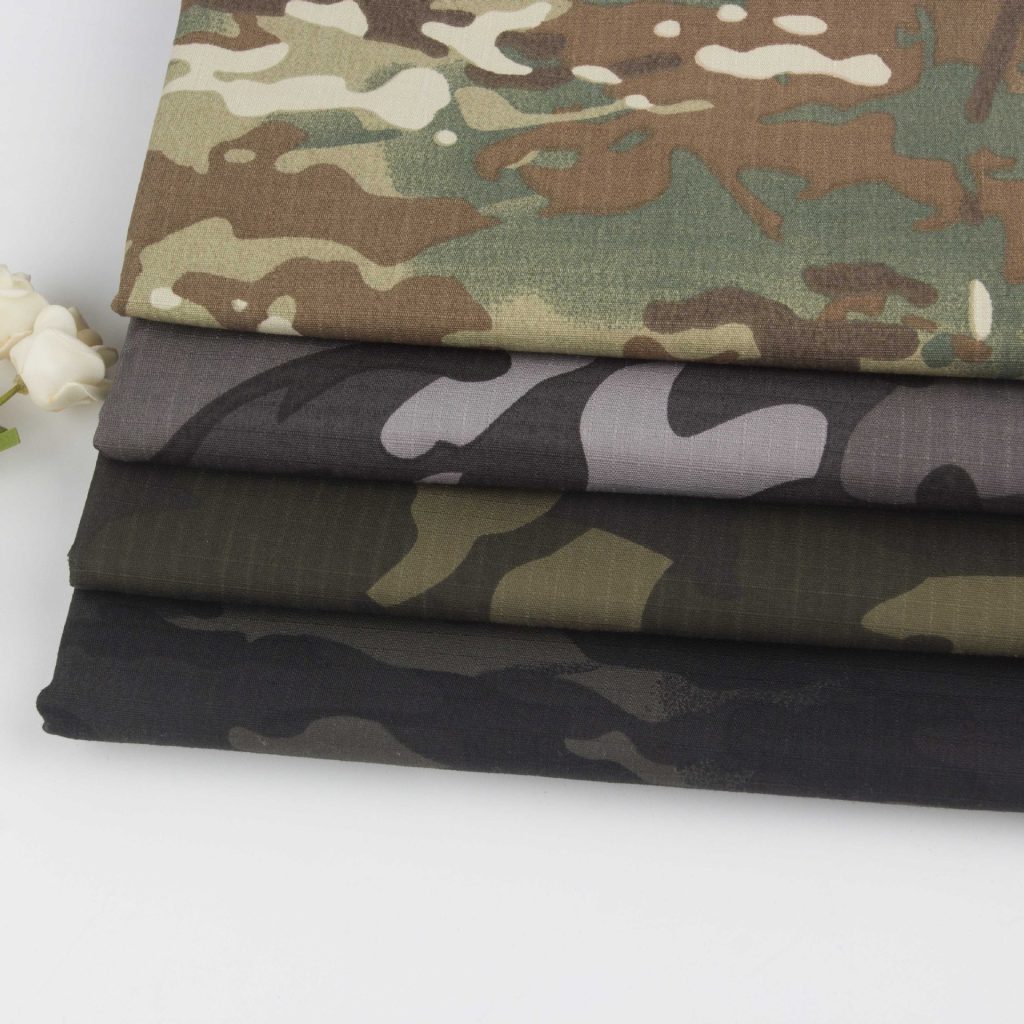What is Woven?
Woven is the process of making cloth by weaving two or more sets of yarns (warp and weft) together. In this process, one set of yarns (warp) is aligned in the lengthwise direction of the cloth, and the other set of yarns (weft) goes over and under the warp to make different textures and structures. The characteristics of woven fabrics depend on the type of yarn used, the density, and the weaving method. There are many different types of woven fabrics, such as plain, twill, and satin weave, each with different appearances and tactile characteristics. Woven fabrics have a tight structure, are not easily deformed, and have good stability and durability. This makes woven fabrics widely used in various garments, home textiles, and industrial products.
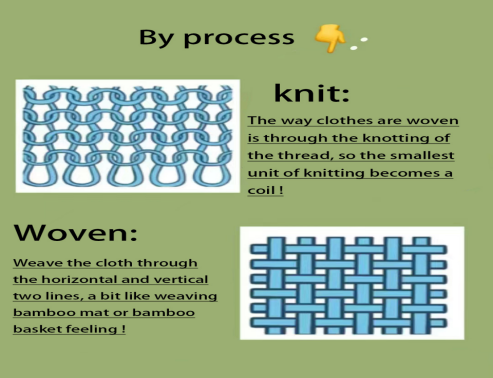
What are some common types of cotton woven fabrics?
Plain Weave
This is the most basic way of weaving where the warp and weft yarns cross at a 1:1 ratio, making both sides of the fabric the same. It is characterized by being durable and having a smooth surface. It is suitable for making shirts, sheets, etc.
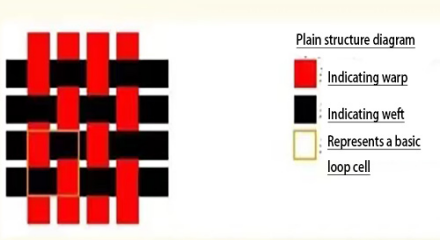
Twill Weave
This is where the warp and weft yarns cross to make diagonal patterns, such as at a 2:1 or 3:1 ratio. This makes the fabric thicker and gives it a distinct twill pattern. Twill fabrics are soft to the touch, wear-resistant, and suitable for workwear, casual clothing, etc.
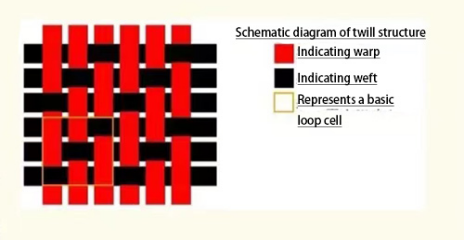
Satin Weave
This is a smooth fabric made by letting the weft yarn float over the surface for a longer distance. This makes the fabric have a glossy appearance. Satin weave fabrics have a smooth surface and a delicate texture. They are often used for high-quality bedding and fashion.
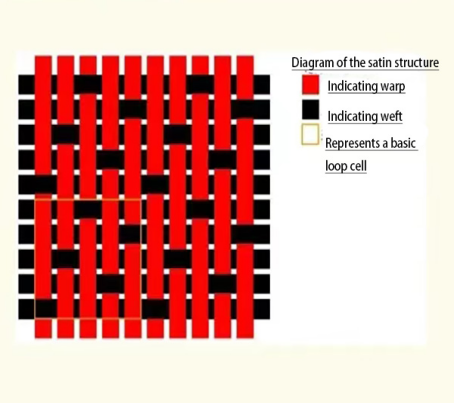
Fine Plain Weave
It’s like plain weave, but with finer yarns and a denser weave, so it’s softer and more delicate. This is what you’ll find in high-quality shirts and baby clothes.
Oxford Fabric
This is a coarse plain weave fabric that’s usually made with two yarns, one thicker and one finer, that are woven together. It’s durable and often used to make casual shirts.
Canvas
This is a heavier plain weave fabric that’s very durable. You’ll find it in canvas shoes, backpacks, and workwear.
Printed Fabric
This is fabric that’s printed on a pure cotton base cloth. It can have all sorts of colorful patterns and colors. You’ll find this in garments and home textiles.
Advanced Weaving Techniques
Modern weaving technology has led to the development of a bunch of specialized weaves that enhance the functionality and aesthetic appeal of cotton fabrics.
Dobby and Jacquard Weaves
These are fancy weaves that allow you to put detailed patterns and textures on the fabric. They’re used to add a touch of elegance to cotton textiles.
Denim Weave
This is a variation of the twill weave. It’s characterized by its diagonal ribbing. This is what you’ll find in jeans and casual wear.

How to Maintain and Care for Cotton Woven Fabrics
Here are some tips for taking care of your cotton woven fabrics:
- Pre-wash Inspection :Check for any special stains on your cotton fabric that might need to be pre-treated before you wash it.
- Use Cold or Warm Water for Washing :You can usually machine wash cotton fabrics. Use cold or warm water to avoid shrinkage or color fading from hot water.
- Use the Right Detergent :Use a mild detergent. Don’t use anything with bleach in it. Bleach can damage cotton fibers or cause color changes.
- Wash and Dry Inside Out :For colored or patterned cotton garments, turn them inside out when you wash and dry them. This helps prevent color fading and damage to the pattern.
- Don’t Over-Rub : When you’re washing your cotton fabric, don’t over-rub or pull on it. This can cause it to deform.
- Air Dry :Whenever possible, air dry your cotton fabrics in a cool place. Avoid direct exposure to strong sunlight, which can cause aging and fading.
- Iron with Care :Cotton fabrics tend to wrinkle. If you need to iron your cotton fabric, adjust the iron temperature according to the fabric’s heat tolerance. It’s best to iron when the fabric is slightly damp.
- Store Properly : Store your thoroughly dried cotton garments neatly folded or hung up. Avoid squeezing them together, which can create wrinkles.
Eco-Friendly Practices
In addition to the standard care instructions, there are some eco-friendly practices you can use to take care of your woven cotton fabrics:
Eco-Friendly Detergents
Use biodegradable and eco-friendly detergents. They’re better for the environment and gentler on your cotton fibers.
Use Less Water
Wash your cotton fabrics less frequently or with a full load. This conserves water and reduces energy consumption.
Recycle and Upcycle
Encourage recycling of old cotton garments or repurposing them into new products. This extends the life cycle of the fibers and promotes sustainability.
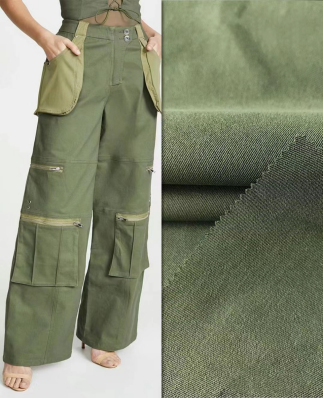
What are the characteristics of woven cotton fabrics?
Woven cotton fabrics are comfortable and eco-friendly. They have certain qualities that make them popular in the textile industry:
- Breathability: The way cotton is woven allows air to circulate, making woven cotton garments comfortable to wear, especially in hot weather.
- Moisture absorption: Cotton fibers can absorb moisture from your body, which helps with breathability and comfort.
- Durability: Woven cotton is strong and lasts a long time. If you take care of your cotton clothes, they will last through many washings and wearings.
- Versatility: There are many different ways to weave cotton, which gives you a lot of different textures and weights to choose from for fashion and home décor.
Knowing this information about woven cotton fabrics will help you understand and take care of your cotton clothes better, so you can enjoy them for a long time and appreciate the comfort and style they bring to your life.

 100% COTTON FABRIC
100% COTTON FABRIC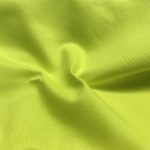 COTTON STRETCH FABRIC
COTTON STRETCH FABRIC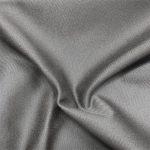 POLYESTER/COTTON FABRIC
POLYESTER/COTTON FABRIC OTHERS FABRIC
OTHERS FABRIC